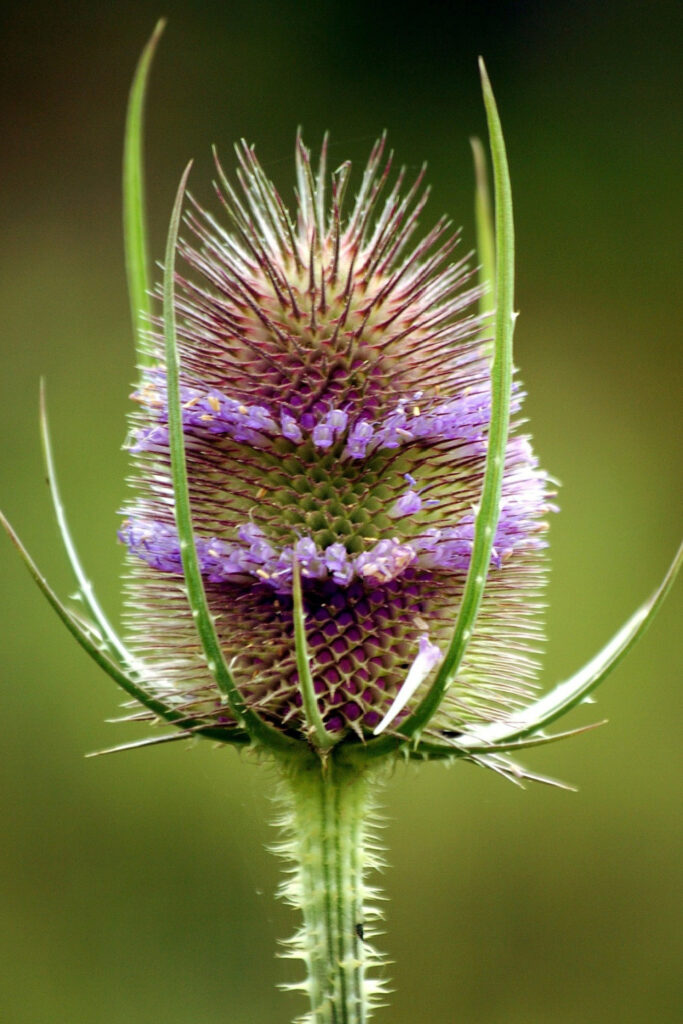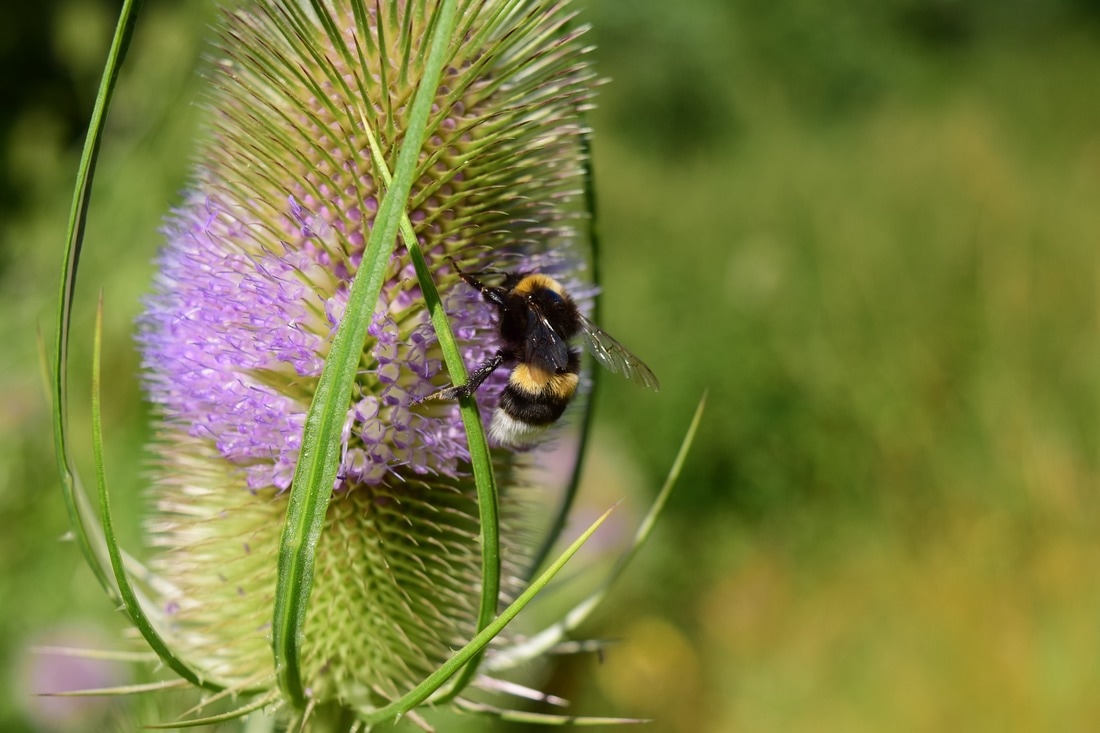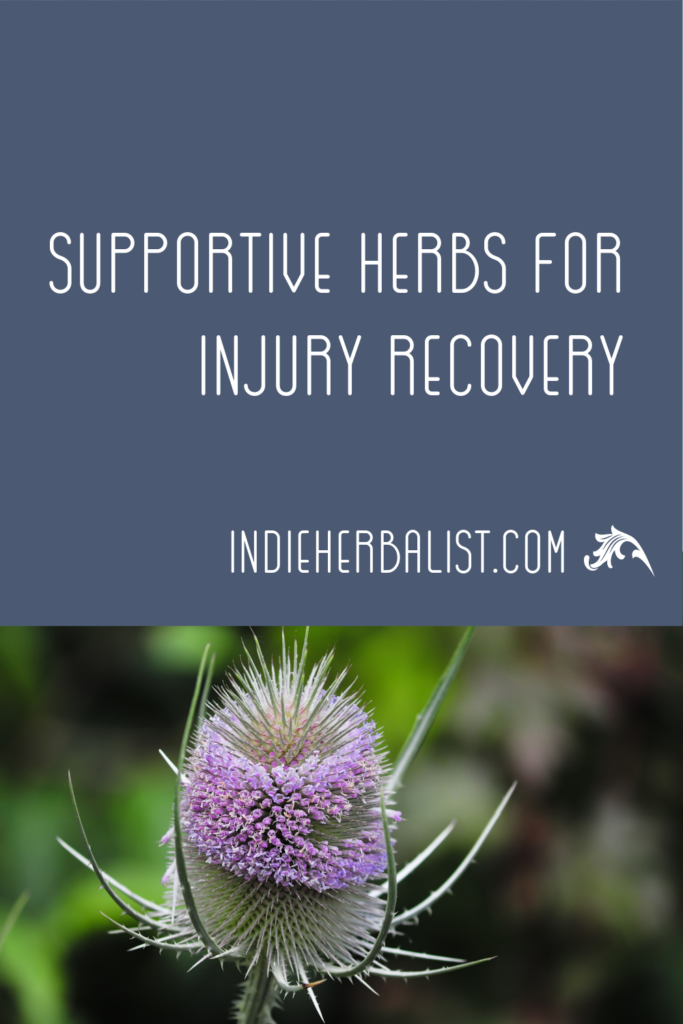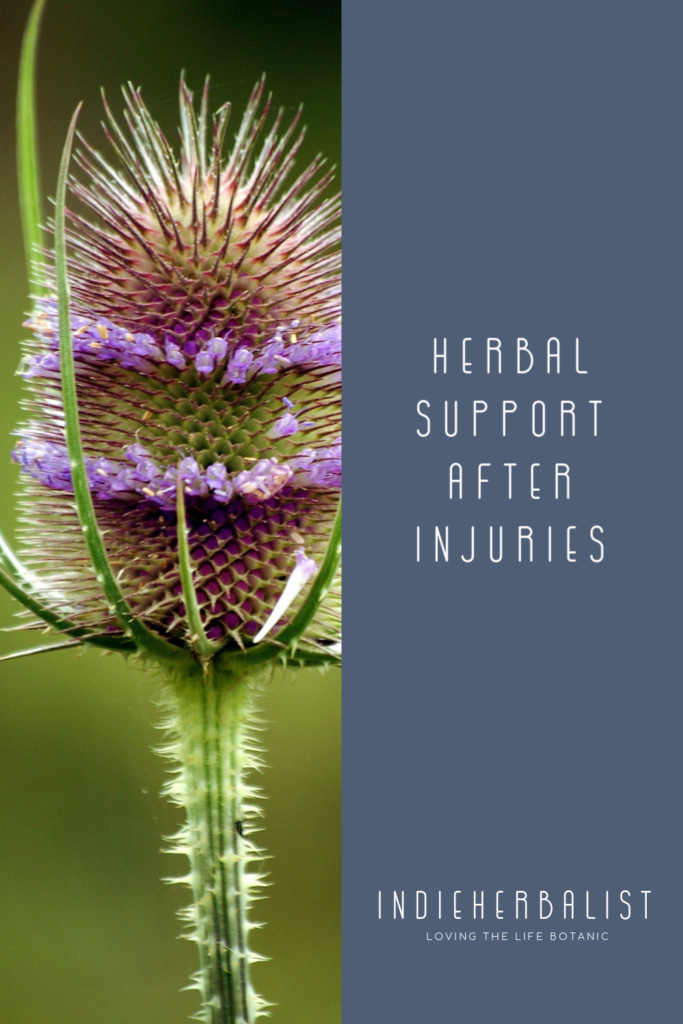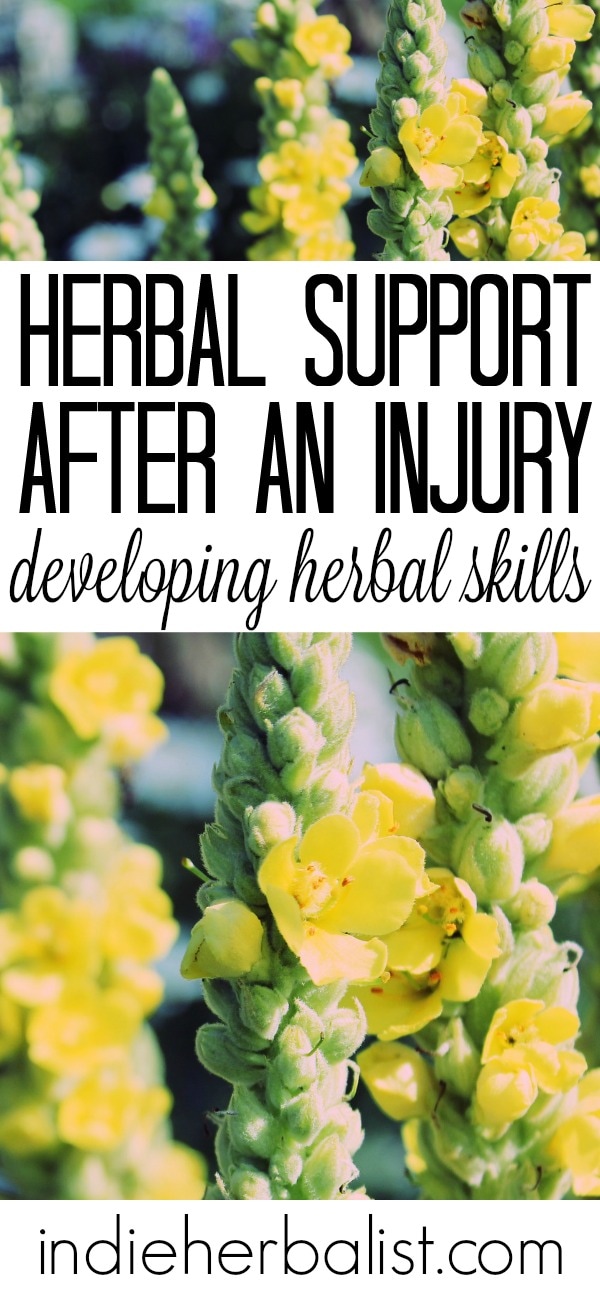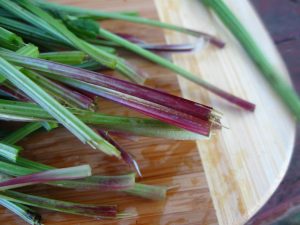Links contained in this post and elsewhere on my website may include affiliate links. When you make a purchase through these links, I earn a commission at no additional cost to you. I only link to products and services that I love - and that I think you will love, too!
Herbal support for muscles and bones can provide an extra layer of care after an injury. It’s easy enough to find information on yarrow, plantain, and even comfrey for herbal first aid uses. But there are several other plants that are nice to have on hand after sprains, strains, tears, and broken bones.
Boneset
Eupatorium perfoliatum
In The Earthwise Herbal: A Complete Guide to New World Medicinal Plants, herbalist Matthew Wood has this to say about boneset:
“In practice, boneset has turned out to be a superlative remedy for bone repair. Comfrey will seal bones together even when they are not correctly set and in the wrong place, but boneset will help bring them together in the right place and then set them from the inside out.”
Boneset was also traditionally used for fevers and illnesses. Deep, aching pain in the bones is a trademark clue for this herb. Herbalist Richard Whelan has a good article about boneset.
Mullein
Verbascum thapsus
As we have mentioned before, mullein is an excellent respiratory system support herb. It also has been used traditionally for broken bones, bruising, and other post-traumatic injury aftermath. It has a reputation for being particularly useful for injuries to the fingers, toes, and spine; as well as broken bones that are hard to set. The Medicine Woman’s Roots has a fantastic article on mullein that details mullein’s uses for the musculoskeletal system.
Arnica
Arnica montana
This is a topical-use only herb because it can be toxic if used internally. Used externally, though it is one of the most well-loved herbs for sore muscles, strains, sprains, bruising, and insect bites. You can read more about arnica in this detailed entry from King’s American Dispensatory, 1898.
Black Cohosh
Cimicifuga racemosa
Despite the common association, black cohosh isn’t just for women. This herb is also surprisingly adept at supporting the body while it recovers from muscle pain, tightness, and whiplash. It’s worth learning more about for herbal preparedness.
Teasel
Dipsacus sylvestris, D. japonica
Teasel has an affinity for the joints, tendons, and bones, especially bad injuries where things have been pulled, torn, and wrenched. D. japonica is used for these purposes in TCM. Western herbalists have explored the use of D. sylvestris as a substitute. The Book of Herbal Wisdom (#affiliate) by Matthew Wood has an excellent chapter devoted to teasel.
Traditional nervous system support herbs
Herbal support for muscles and bones is a vital aspect to wellness. Another aspect of recovering after an injury is staying as comfortable as possible. Developing an Herbal Perspective on Pain is one way to navigate nervous system challenges during trauma recovery.
